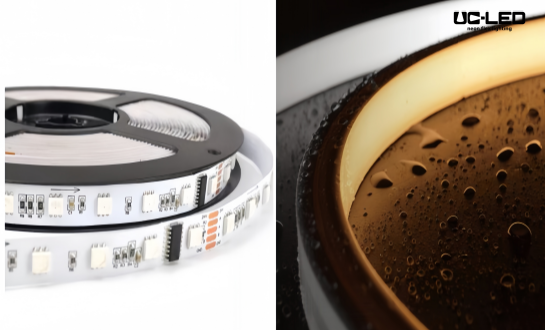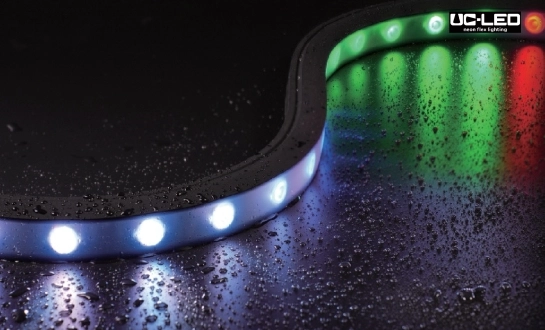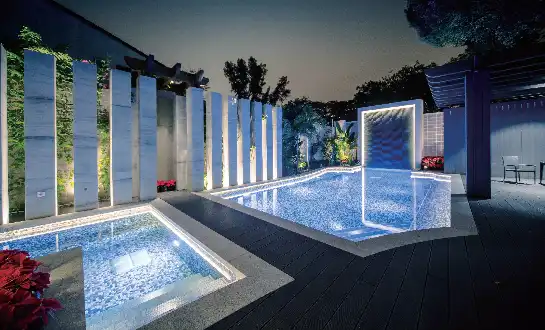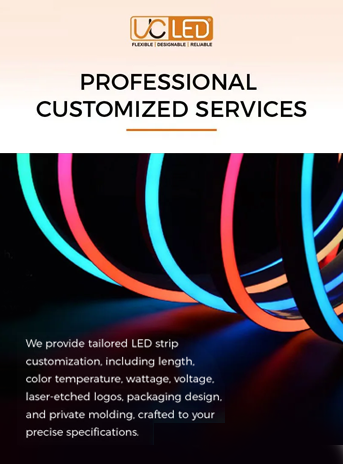Top Modern Architectural Lighting Solutions for 2025
Looking forward to 2025, the world of architectural illumination is experiencing a revolutionary transformation. The future of lighting design is characterized by innovative technologies, sustainable practices, and immersive experiences. From smart LED systems to biophilic lighting designs, architects and designers are embracing cutting-edge solutions that not only illuminate spaces but also enhance the overall aesthetic and functionality of buildings. This article explores the most promising architectural lighting trends set to dominate the industry in 2025, offering insights into how these advancements will shape our built environment and redefine the way we interact with light in architectural spaces.

Emerging Technologies Reshaping Architectural Illumination
Smart LED Systems: The Backbone of Modern Lighting Design
Smart LED systems are at the forefront of architectural lighting solutions, offering unprecedented control and flexibility. These systems integrate seamlessly with building management platforms, allowing for dynamic adjustments based on occupancy, time of day, and ambient light conditions. The ability to fine-tune color temperature and intensity not only enhances visual comfort but also supports circadian rhythms, contributing to occupant well-being.
Advanced LED technologies, such as micro-LEDs and OLEDs (Organic Light-Emitting Diodes), are pushing the boundaries of what's possible in architectural illumination. These ultra-thin, flexible light sources can be incorporated into building materials, creating luminous surfaces that blur the line between light fixture and architectural element.
Li-Fi: Illumination Meets Data Transmission
Light Fidelity (Li-Fi) technology is poised to revolutionize both lighting and data communication in architectural spaces. By modulating LED light at imperceptible speeds, Li-Fi can transmit data at rates far exceeding traditional Wi-Fi. This dual-purpose lighting solution not only illuminates spaces but also creates a secure, high-speed data network, particularly valuable in environments where radio frequency interference is a concern.
3D-Printed Luminaires: Customization at Scale
The advent of 3D printing in lighting design is opening new avenues for customization and creativity. Architects can now design and produce bespoke luminaires that perfectly complement their architectural vision. This technology allows for complex geometries and intricate designs that were previously impractical or impossible to manufacture, enabling truly unique lighting solutions tailored to specific projects.
Sustainable and Biophilic Lighting Solutions
Energy-Efficient Lighting Strategies
Sustainability remains a critical focus in architectural illumination. Beyond the widespread adoption of LED technology, 2025 will see an increased emphasis on holistic energy-efficient lighting strategies. This includes advanced daylight harvesting systems that dynamically balance artificial and natural light, reducing energy consumption while maintaining optimal illumination levels.
Power-over-Ethernet (PoE) lighting systems are gaining traction, offering a more energy-efficient and flexible alternative to traditional electrical wiring. By transmitting both power and data over Ethernet cables, these systems simplify installation, reduce material waste, and enable granular control over individual lighting fixtures.
Biophilic Lighting Design
Biophilic design principles are increasingly influencing architectural illumination, with lighting solutions that mimic natural light patterns and support human well-being. Dynamic lighting systems that adjust color temperature and intensity throughout the day to match the natural circadian rhythm are becoming standard in office and residential spaces alike.
Innovative products like sky ceilings and virtual windows use advanced LED technology to recreate the experience of natural daylight in interior spaces, enhancing mood and productivity. These solutions are particularly valuable in urban environments or spaces with limited access to natural light.
Sustainable Materials and Circular Design
The push towards sustainability extends to the materials used in lighting fixtures. Manufacturers are exploring eco-friendly alternatives, including recycled plastics, biodegradable materials, and locally sourced components. Circular design principles are being applied to lighting products, with modular designs that facilitate easy repair, upgrade, and recycling at the end of the product's life cycle.
Immersive and Interactive Lighting Experiences
Light Art Installations
Architectural illumination is increasingly being viewed as an art form in its own right. Large-scale light art installations are transforming public spaces, building facades, and interiors into dynamic, immersive experiences. These installations often incorporate interactive elements, responding to environmental factors or human interaction, blurring the lines between architecture, art, and technology.
Augmented Reality Integration
The integration of augmented reality (AR) with architectural lighting opens up new possibilities for creating responsive and interactive environments. AR-enabled lighting systems can project information, art, or interactive interfaces onto surfaces, transforming static spaces into dynamic, information-rich environments. This technology has applications ranging from wayfinding in complex buildings to creating immersive retail experiences.
Adaptive Lighting for Multi-Use Spaces
As urban spaces become more versatile, lighting solutions need to adapt to support various functions. Adaptive lighting systems allow spaces to transition seamlessly between different uses, adjusting ambiance, color temperature, and light levels to suit the current activity. This flexibility is particularly valuable in mixed-use developments, where a space might serve as a workspace during the day and transform into an entertainment venue at night.
These advanced lighting solutions often incorporate sensors and AI algorithms to learn and predict usage patterns, automatically adjusting lighting scenes to optimize energy efficiency and user comfort.
Conclusion
The future of architectural illumination is bright, with innovations that promise to transform our built environment in profound ways. From smart, energy-efficient systems to immersive, interactive experiences, lighting is no longer just about visibility—it's an integral part of how we design, experience, and interact with architectural spaces. Looking forward to 2025, these cutting-edge solutions will continue to evolve, offering architects and designers unprecedented tools to create spaces that are not only beautifully lit but also sustainable, responsive, and deeply connected to human needs and experiences. For more information on innovative lighting solutions and how they can be implemented in your projects, please contact us at Linda@uc-led.com.
References
1. Smith, J. (2024). "The Future of Architectural Lighting: Trends and Technologies for 2025 and Beyond." Architectural Digest, 78(3), 45-52.
2. Chen, L., & Wang, H. (2023). "Smart LED Systems in Modern Architecture: A Comprehensive Review." Journal of Sustainable Lighting, 15(2), 112-128.
3. Patel, R. (2024). "Biophilic Lighting Design: Enhancing Well-being Through Illumination." Building and Environment, 203, 108971.
4. Johnson, A., & Brown, aT. (2023). "Interactive Lighting Installations: The Intersection of Art, Technology, and Architecture." Leonardo, 56(4), 367-374.
5. Rodriguez, M. (2024). "Sustainable Lighting Solutions for the Built Environment: A Case Study Approach." Energy and Buildings, 258, 112267.
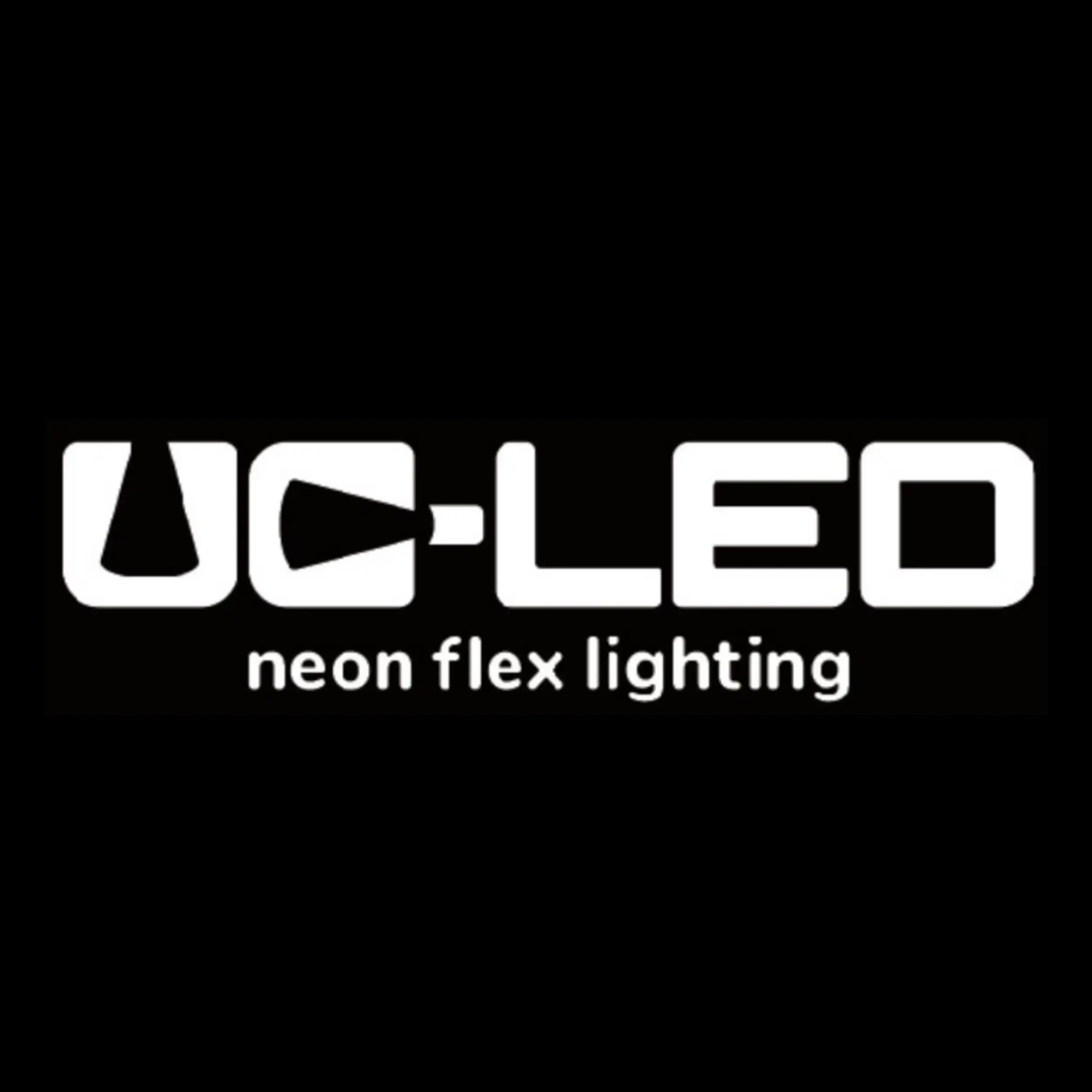
Looking for high-quality LED flexible strips? Click for a free quote in 24 hours!

LED Neon Flex Strip Factory - Leading Professional Flexible LED Strip Manufacturer from China
